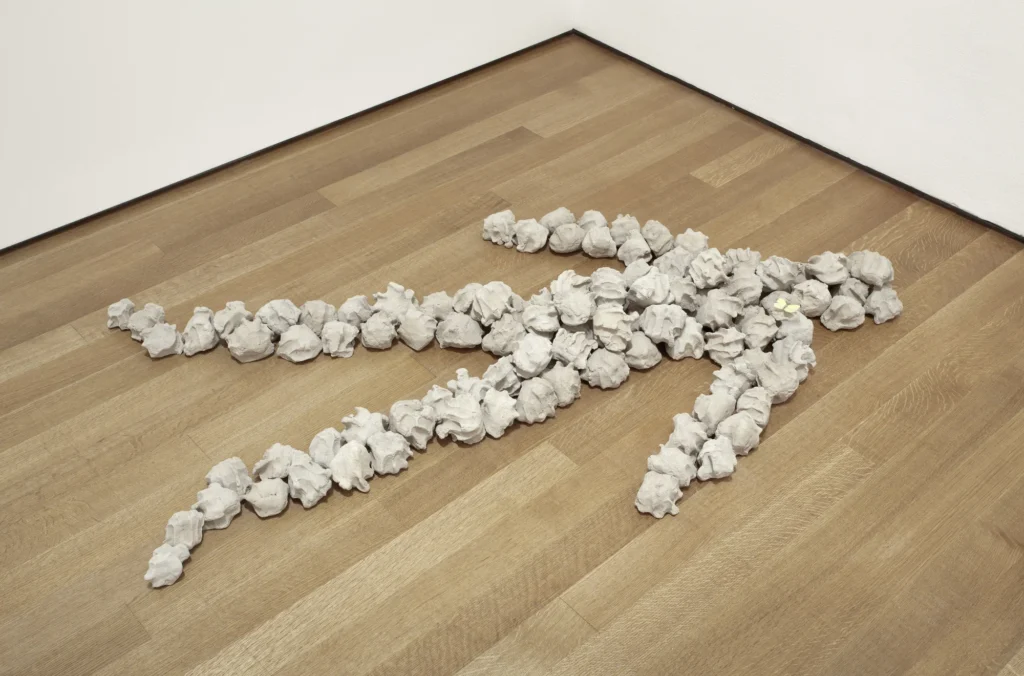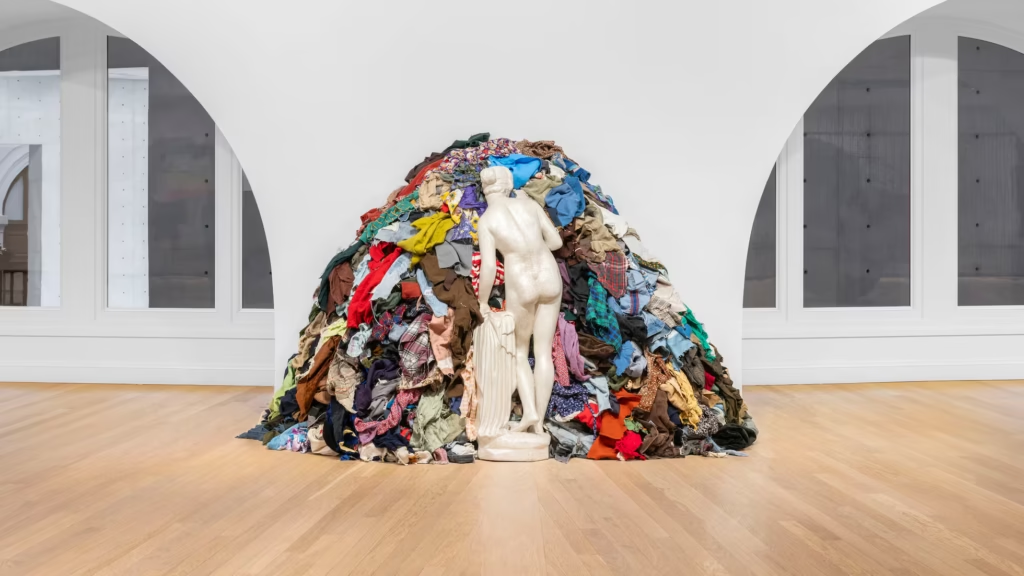Arte povera emerged in Italy during the 1960s as a critical response to rapid industrialization and the post-war rise of consumerism. More than a visual style, the movement proposed a new artistic ethic based on simplicity of materials and an embrace of the ephemeral.
The proposition was radical: artists like Jannis Kounellis, Michelangelo Pistoletto, and Mario Merz began using “poor” elements—earth, stone, fabric, cardboard, rusted metal—to break away from institutionalized art. They suggested that the value of a work lay in the idea, the process, and the relationship with the environment, rather than in noble or polished materials.
The Recovery of Matter as Poetic Language
Despite its name, Arte povera is not confined to visual precariousness. It carries a deeply symbolic and poetic dimension. According to Arte Povera by Germano Celant (1969), the curator who coined the term, the movement aimed to “eliminate the boundaries between art and life,” highlighting the instability of the contemporary world.

The use of unconventional materials—discarded objects, plants, industrial debris—offers a sensitive re-encounter with the everyday. Rather than glamorizing the art object, povera artists strip it down. Works such as Alighiero Boetti’s newspaper stacks or Pistoletto’s mirrored figures demonstrate how simplicity can possess overwhelming aesthetic power.
In Arte povera, a political and existential discourse unfolds. The artist does not merely create forms but provokes experiences. By working with fragile, organic, or worn materials, they point to themes such as environmental degradation, the passage of time, and the fragility of being.
Museums and Institutions Embrace The Movement’s Legacy
Despite its rebellious origins, Arte povera has found its place in major institutions. The Centre Pompidou, MoMA, and particularly the Fondazione Merz in Turin, maintain significant collections dedicated to the movement. Recent exhibitions have shown how its influence spans generations and re-emerges today as a critique of hyperindustrialization and the digital aesthetic of art.
According to the Fondazione Merz, “the povera language remains relevant precisely because of its resistance to the commodification of art.” Many contemporary artists revisit these strategies—using repurposed materials and spatial interventions—to engage with urgent social and ecological issues.
Moreover, the movement has strongly influenced contemporary sculpture and experimental installations. The exhibition Poor Art – Arte Povera: Italian Influences, hosted by MAXXI in Rome, highlighted how this aesthetic impacted conceptual art in the United States and Brazil.
Arte Povera: An Aesthetic that Resists Time
In a context saturated by visual stimuli and the artificiality of digital imagery, Arte povera reappears as an invitation to slow down. Its power lies in making the invisible visible: the life cycle of matter, the logic of waste, the silence of forgotten objects.
More than an art movement, it remains an aesthetic attitude that insists on simplicity as depth. It is an art that does not aim to shine, but to touch—with earth, with rags, with mirrors—what lies beneath the surface of the world.



